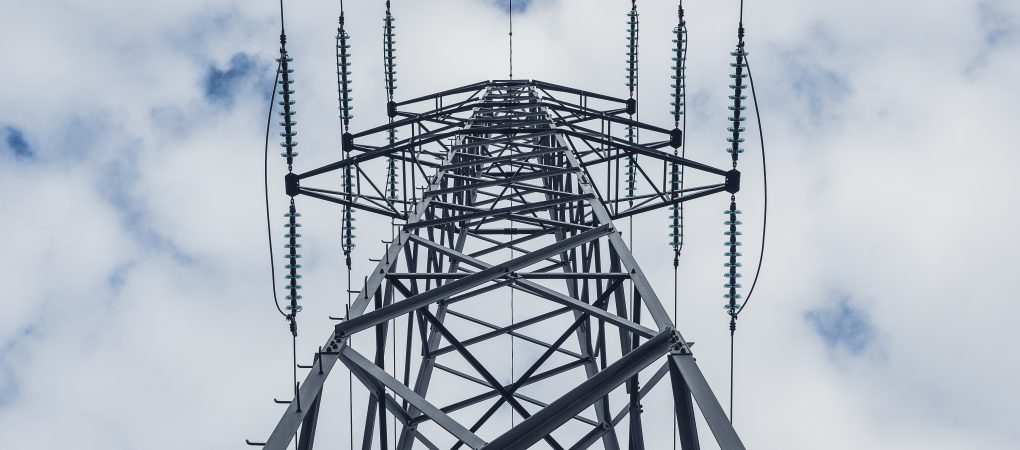WP2

Technical and market solutions for coordinated voltage control in interplay with service
providers.
This work package investigates to what extent do the lack of coordinated actions and online control imply a sub-optimal dispatch of reactive power in the system at grid side. How can more extensive use of OPF techniques, predictive control, and faster data communication be utilized to optimize operation regarding loss minimization and power quality.
Activities:
- Develop a grid system control design.
- Do stability and reliability assessment.
Project Update August 2023 WP2
SYSOPT Work Package 2 advances steadily with deeper research on secondary voltage regulation (SVR) strategies and publishing of simulation results in respectable venues. Progress thus far concerned the theoretical conceptualization and computational development stages of Ph.D. research, whereas validation of findings is expected to take place in the fourth quarter of 2023 within NTNU’s National Smart Grid Laboratory (NSGL) and associated control center.
At the current stage, SVR implementation within the Nordic power grid regional control centers (RCCs) has been investigated in the context of the topology proposed in Figure 1. This wide-area voltage regulation design is divided into three hierarchical control layers for optimization of local (PVR), regional (SVR) and network-wide (TVR/OPF) operation. The scheme strategically places the RCCs for Southern Norway (RCC-S) and Northern Norway (RCC-N) in a key role, as they receive and interpret voltage setpoints generated by OPF iterative solutions so as to guide the intermediate SVR layer towards enhanced regional voltage profiles, thereby optimizing local PVR actions and reactive power flow at plant level. The coordinated flow of information as well as the increased redundancy against failures in interlayer communication are considered improvements over today’s voltage control framework, where the SVR and OPF layers are underutilized or even nonexistent in certain portions of the Nordic power grid.

Figure 1. Proposed voltage control scheme for SVR interplay with regional control centers.
Dynamic simulation results have attested to the merits of the hierarchical structure using increasingly more complex test systems, including important reactive power control resources such as capacitor banks, on-load tap changers and generator overexcitation limiters. These findings are discussed in the publications listed below, with special focus on SVR benefits to power loss reduction, optimal utilization of reactive power reserves and postponement of long-term voltage instability.
The next step in this research work refers to case studies of model equivalents to real-life portions of the Nordic power grid. Specifically, the Finnmark model – a subdivision of the larger Nordnettet model – is currently being developed and fine-tuned with realistic network parameters.
Update on WP2 Publications
1. “Investigations on Secondary Voltage Control for Long-Term Reactive Power Management” – Full paper accepted to International Conference on Smart Energy Systems and Technologies (SEST) 2023. Oral presentation to be held on 06.09.2023 in Muğla, Turkey. NB: The full paper was ranked in the top 50% of the conference, meaning it is eligible to further publication in the Elsevier journal Sustainable Energy, Grids and Networks (SEGAN).
2. “Impact of Secondary Voltage Regulation on Long-Term Voltage Stability” – Abstract accepted to Power Systems Computation Conference (PSCC) 2024. Full paper due on 15.09.2023. NB: If accepted, the full paper will also be published in the Elsevier journal Electric Power Systems Research (EPSR).

Photo: Skagerak